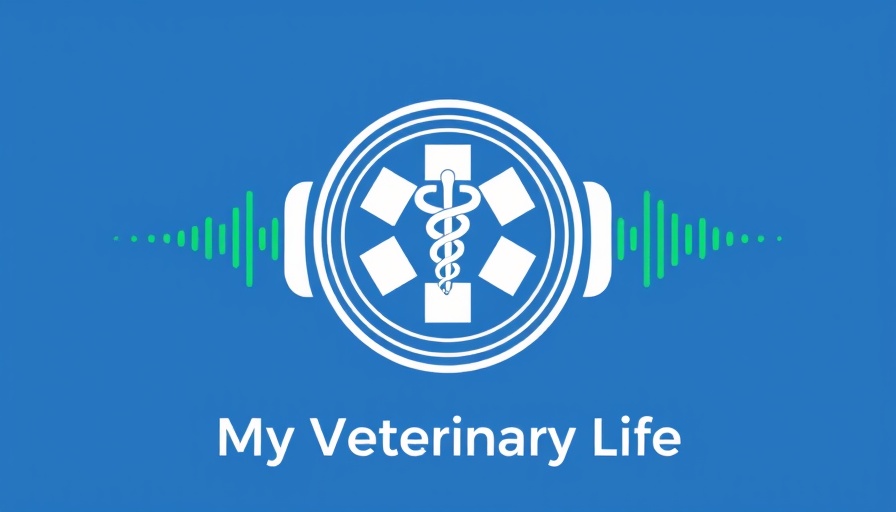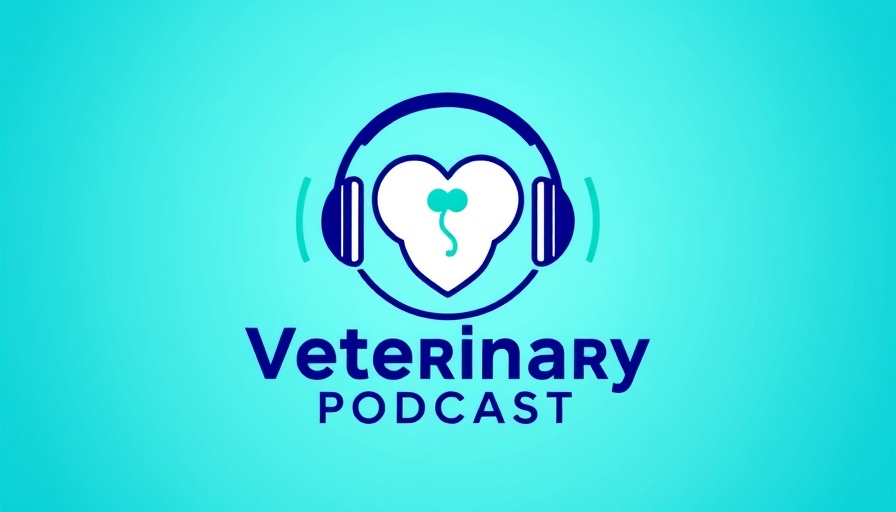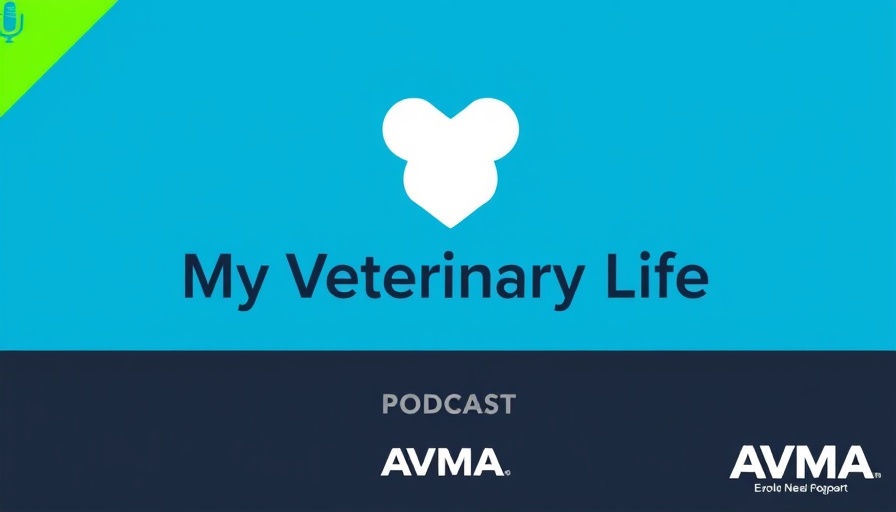
Understanding Anesthetic Risks in Cats
The use of anesthesia in feline medicine is often essential for various procedures, from routine surgeries to dental cleanings. However, understanding the associated risks is crucial for all stakeholders involved, especially pet owners and veterinarians. As documented by Dr. Kara Escutia, there are several common complications that can arise during these procedures, making it important for veterinary professionals to be prepared and pet owners to be informed.
Common Anesthetic Complications
While anesthesia is generally safe, complications can include respiratory distress, allergic reactions, or prolonged sedation. These risks necessitate a thorough pre-anesthetic evaluation to assess the cat’s health history. Engaging with your veterinarian about their protocols and the types of anesthesia used can demystify the process and enhance the pet owner’s confidence in the care team.
Building a Trusting Relationship with Your Veterinarian
Communication is key when navigating feline health care. When pet owners are well-informed, they can make knowledgeable decisions about their cat’s care. Dr. Escutia emphasizes that discussing concerns openly with veterinarians can help ensure that all risks are understood and managed effectively. This includes understanding the importance of regular health assessments and incorporating preventive measures into your cat’s healthcare routine.
Insights from Vet Experts on Pain Management
Veterinarians are continuously evolving their approach to pain management during and after surgical procedures. Innovations in technology and techniques help to minimize discomfort and anxiety in cats. Vet experts recommend discussing pain management plans with your veterinarian prior to any medical procedure. Incorporating tools such as lasers for surgical procedures and post-operative pain relief options can greatly enhance a cat's recovery.
The Role of Monitoring During Anesthesia
During anesthesia, continuous monitoring is critical to quickly identify any complications. Equip your veterinarian with questions about their monitoring protocols—this can include heart rate, respiratory rate, and temperature. A well-monitored cat during and after surgery leads to improved outcomes, reinforcing the importance of trusting your veterinary team.
Considering Alternatives: Non-Invasive Options
Non-invasive alternatives to surgery are gaining popularity among cat owners and veterinarians alike. Treatments such as laser therapy or acupuncture can offer relief for various conditions without the need for anesthesia. Engaging with your veterinarian about these options may provide beneficial outcomes for your feline friends, especially for those who may be at higher risk during anesthesia.
The Emotional Impact on Pet Owners
Having to put a beloved pet under anesthesia can be emotionally taxing for pet owners. Understanding the procedures, risks, and aftercare can alleviate some of this stress. It's vital to create a support system in place, comprising family, friends, or even local pet support groups. Sharing experiences and information can provide comfort and assurance during this taxing time.
Fostering Informed Decision-Making
In conclusion, the journey of navigating feline health care—particularly concerning anesthesia—requires a collaborative effort between pet owners and veterinary professionals. By engaging in open communication, continuous education, and exploring innovative veterinary care options, we can ensure that our feline companions receive the best possible attention and care.
Don’t hesitate to consult with your veterinarian about any anesthesia-related concerns during your cat’s next procedure. Let their expertise guide you through this pivotal aspect of feline health.
 Add Row
Add Row  Add
Add 


 Add Row
Add Row  Add
Add 

Write A Comment